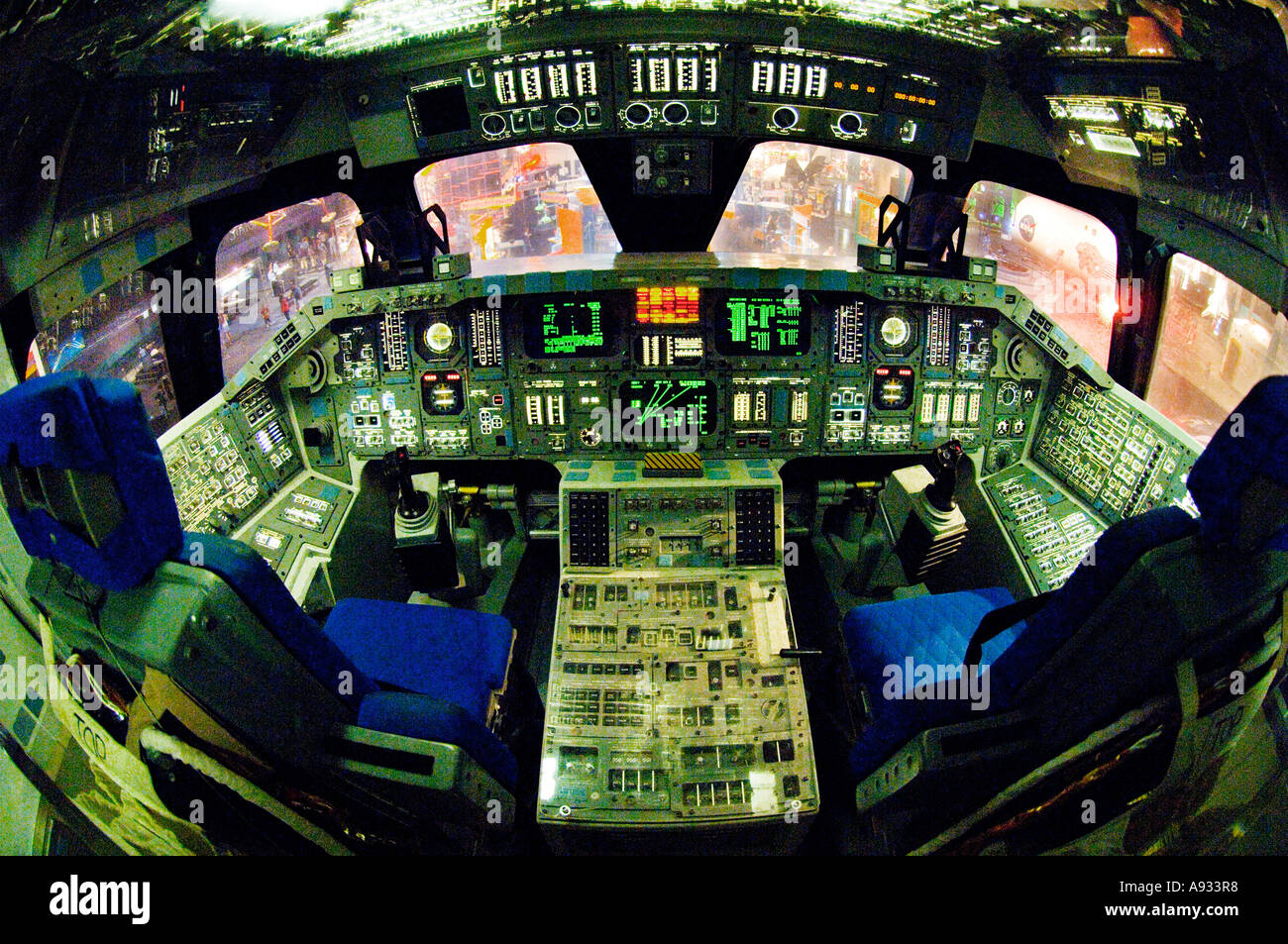


Once light from an object, like a star, falls onto the primary mirror, it is directed towards a smaller secondary mirror where the light is focused and directed to the instruments. The surface of the mirror has to be precisely shaped and perfectly smooth, since the slightest roughness distorts the final image. The larger the mirror, the more light it can collect, and the fainter the object it sees. They usually have a large mirror to collect light from distant astronomical objects. Missions that study the Universe – stars, galaxies, black holes and so on – study objects by collecting the radiation they emit, using telescopes, cameras and detectors. The scientific payload is normally funded by member states via the scientific members of the consortia. The payload elements and the consortia providing them are selected by means of an open call before the mission is selected.

Science instruments and experiments make up the payload, the number and type of which depends upon the objectives of the mission and the size of the individual payload components. Science payload Herschel’s cryostat vacuum vessel Studies are also being made in Field-electric propulsion systems (FEEPs), an advanced electrostatic propulsion concept that uses liquid metal and electric fields to create an acceleration ESA’s SMART-1 spacecraft used ion propulsion to travel to the Moon in 2003 Bepi-Colombo, launching in 2015, will also use this method combined with gravity assists from flybys of the Earth, Venus and Mercury to finally enter orbit around Mercury. They work their magic in a leisurely way and can go on pushing gently for months or even years, for as long as the Sun shines and the small supply of propellant lasts. Ion engines typically get the high power required to ionize the propellant particles from the spacecraft’s solar panels. Ion engines shoot out a spray of ionized particles to deliver their thrust to push the spacecraft on its way. Solar-electric propulsion using ion engines is an alternative way to travel in space. Most satellites also have simple hydrazine thrusters and/or reaction or momentum wheels to control attitude and orbit. The propulsion system consists of pressurized gas and a nozzle, and whenever thrust is needed the nozzle is opened and some of the gas is expelled. ‘Cold gas’ propulsion will be used by Gaia and Lisa Pathfinder and is the simplest type of chemical propulsion. Finally, smaller thrusters may be included for fine orbit adjustments and orbit maintenance, the so-called stationkeeping. The spacecraft itself may carry its own (attached or jettisonable) propulsion module for orbital manoeuvres or orbit adjustment. Fregat) that delivers the spacecraft to a higher or to an escape orbit. Additionally to the launch vehicle-provided propulsion, there may be an upper stage (e.g. The propulsion system that a satellite carries is dictated by the orbital position that it needs to reach and by the type of mission.


 0 kommentar(er)
0 kommentar(er)
